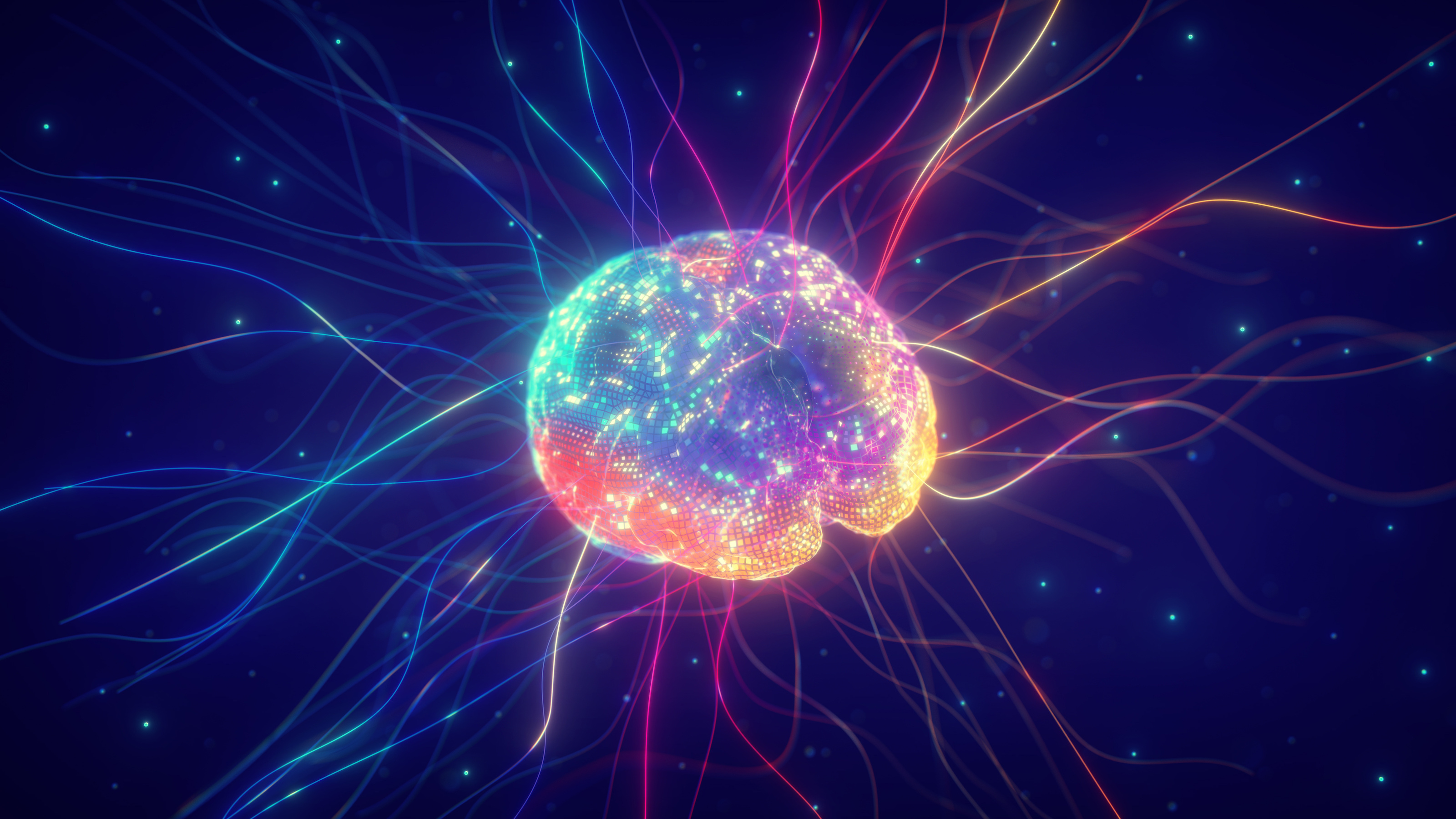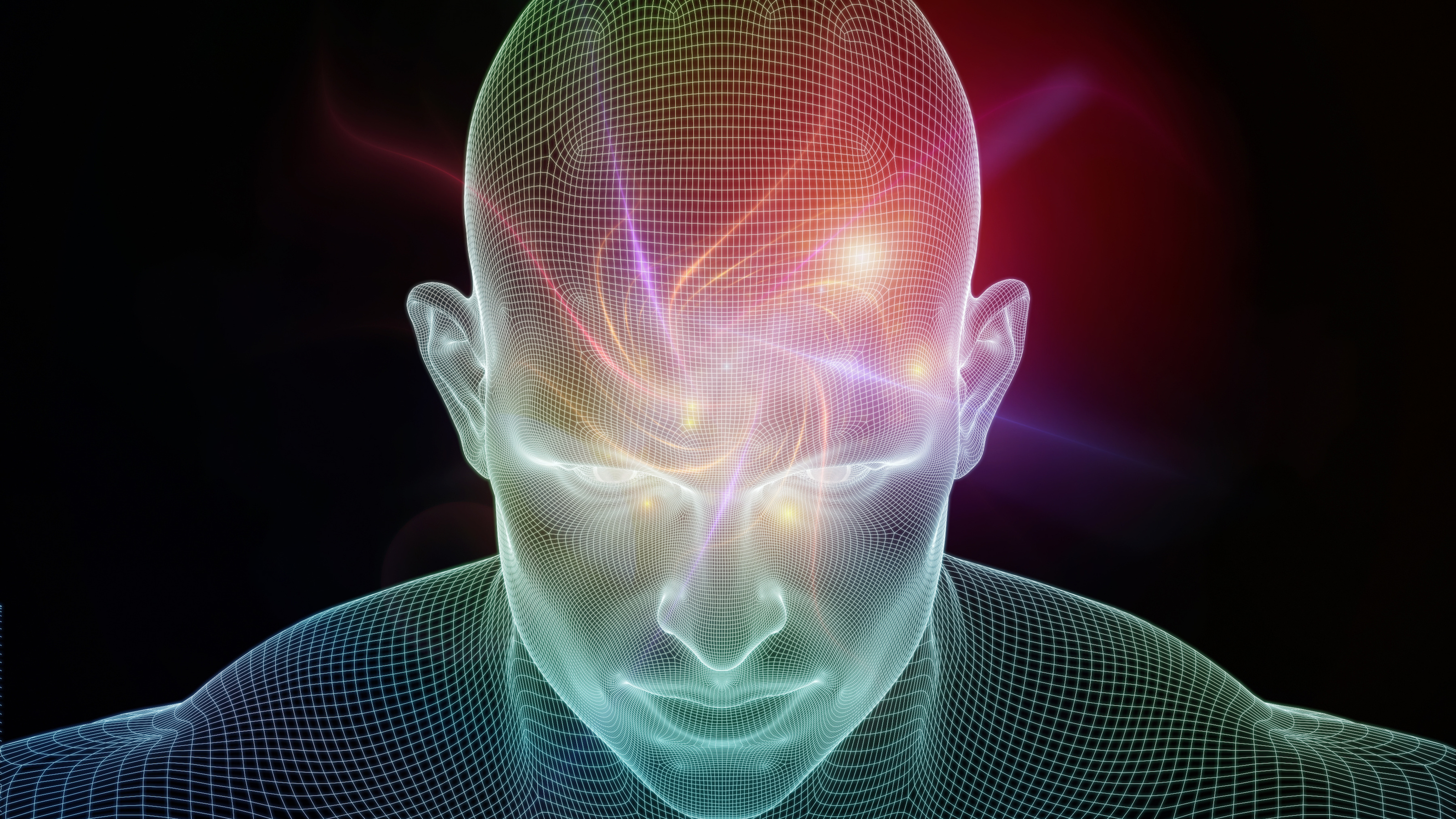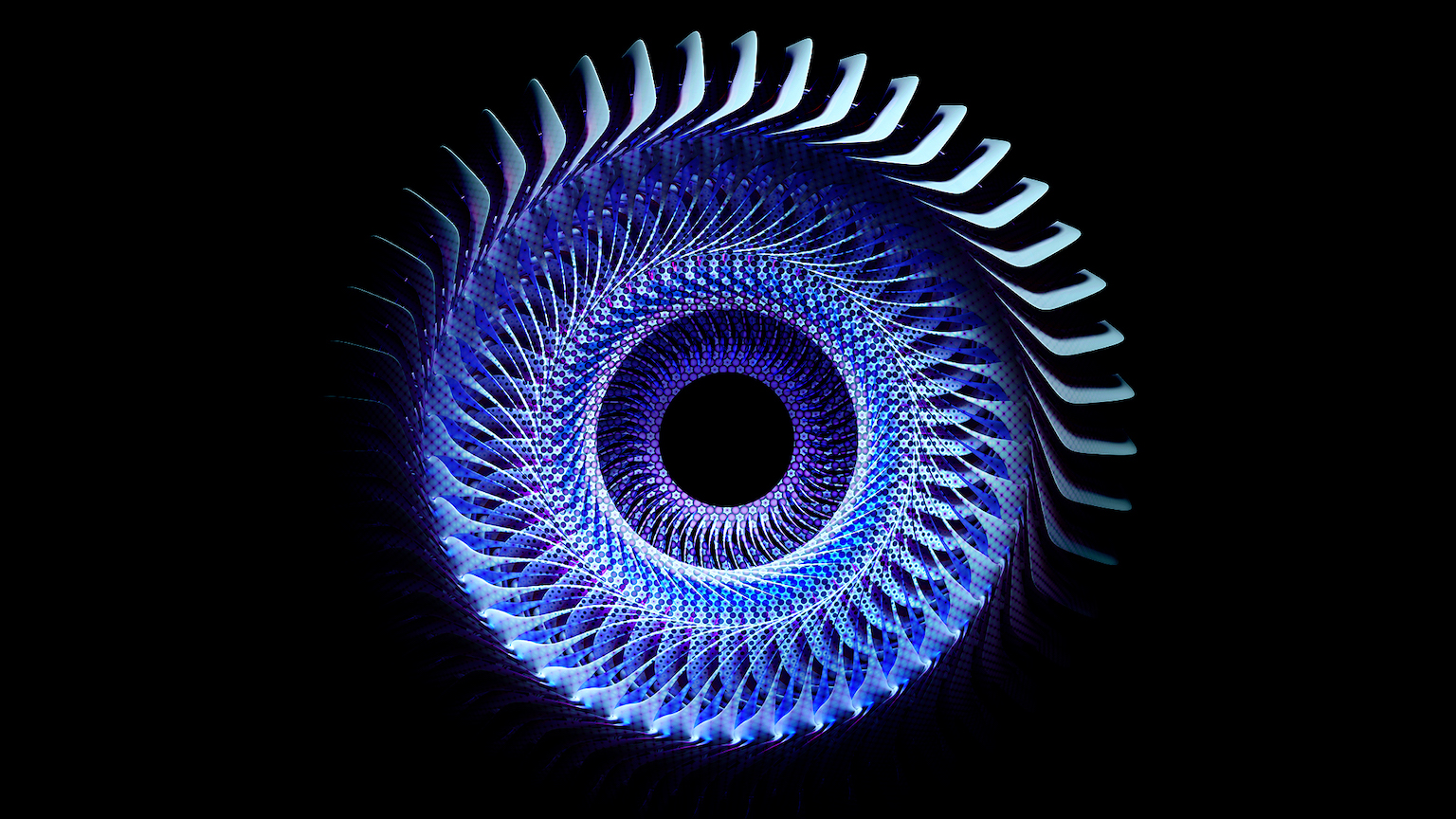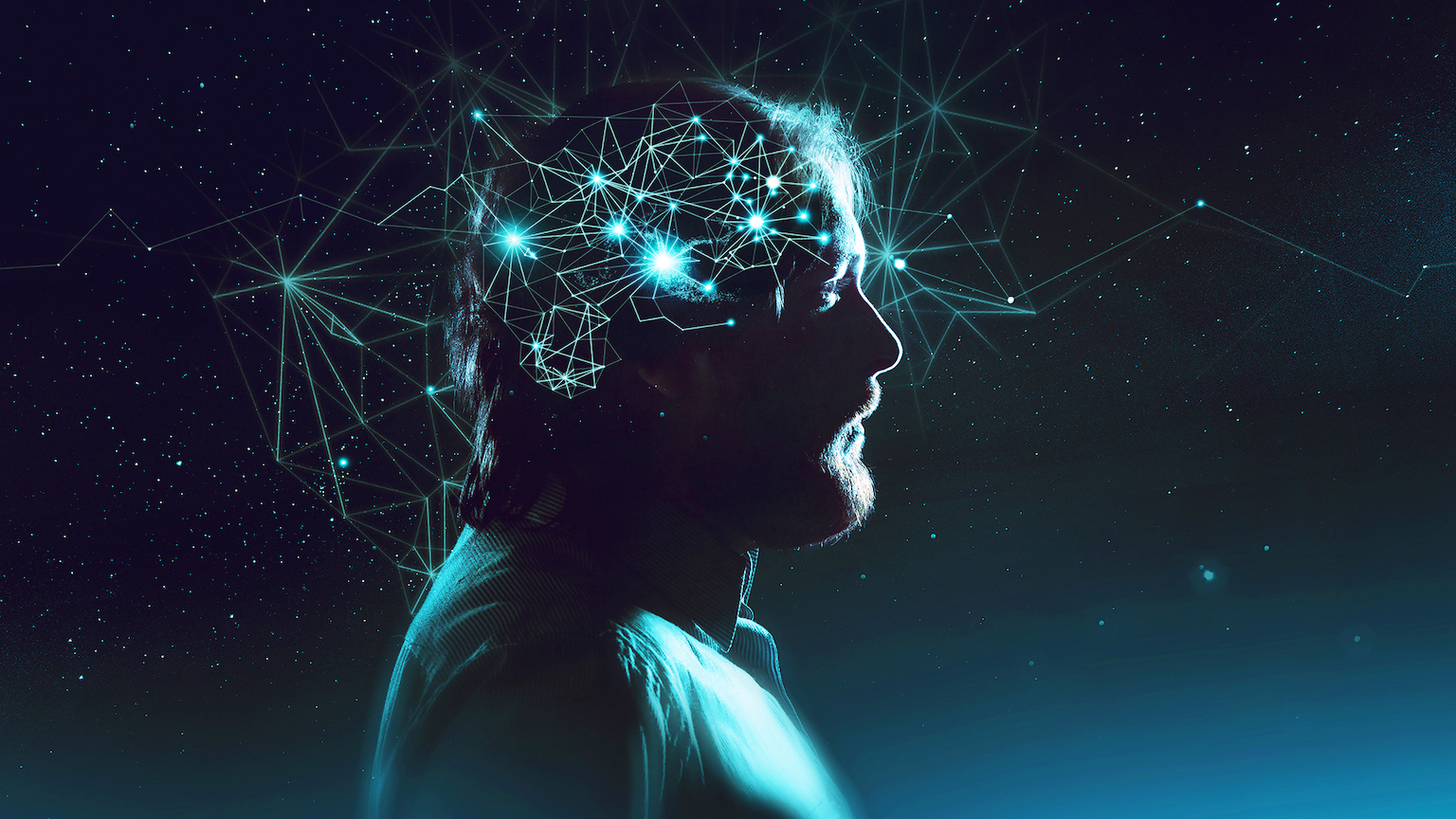Will we ever define the conscious mind?

- Consciousness is the biggest mystery of the brain — a private inner universe that utterly disappears in states such as general anesthesia or dreamless sleep.
- The “hard problem” of consciousness is to understand why any physical processes in the brain are accompanied by conscious experience.
- Consciousness may always remain outside the limits of human comprehension, but by process of elimination, we can at least narrow down its physical causes.
Excerpted from How the Mind Changed: A Human History of Our Evolving Brain by Joseph Jobelli and published by Little, Brown Spark. Copyright 2022. Republished with permission of the publisher.
What is it like to be you? To wake up every morning, look at yourself in the mirror, and go about your daily life? What is it like to think all the things you think, to feel all the things you feel? It must be at least somewhat different from being me: whoever you are, you have your own history, your own experiences, your own memories, thoughts and desires. Your own life. Your own sense of being you.
And so we come to arguably the biggest mystery of the human brain: consciousness – our subjective experience of the world and all its perceptual contents, including sights, sounds, thoughts and sensations. A private inner universe that utterly disappears in states such as general anesthesia or dreamless sleep. And something so mysterious that we still find it notoriously difficult to understand or even define.
Many have tried. In his famous 1974 essay, “What is it Like To Be a Bat?”, the American philosopher Thomas Nagel asks us to imagine changing places with a bat. His interest wasn’t in bats but in making the point that an organism can only be considered conscious “if and only if there is something that it is like to be that organism – something that it is like for the organism.” We could call this the subjective experience of being a bat; a state of being that is comparable to the bat’s.
Let’s take Nagel up on his challenge and imagine being a bat. A bat’s experience must be starkly different from our own. Most use echolocation to navigate and find food, releasing sound waves from their mouths or noses that bounce off objects and return to their ears, informing them of the object’s shape, size and location. Some bats glide through the air releasing slow and steady pulses of sound, which then rapidly speed up when they swoop down on their prey. Others calculate their speed relative to their prey using the Doppler effect (the change in sound frequency that happens when the source and/or the receiver are moving; the same reason an ambulance siren sounds differently as it passes). Being a bat, I imagine, would be to live in a shadowy, kaleidoscopic world of sound, instinct, and twilight flight.
But is this really what it would be like, or have I simply tried to imagine that I am a bat? If there is in fact something that it is like to be a bat, is it merely a sense of bat subjectivity, or something more? It’s hard to say.
In the 1990s, the Australian philosopher David Chalmers took things further, proposing a hypothetical entity called the “philosophical zombie“: an exact, atom-for-atom duplicate of a human, indistinguishable from a real person in all its behavior, only with no conscious experience whatsoever. Spooky, right? I envisage such a being to be a bit like Patrick Bateman, the protagonist villain of Bret Easton Ellis’s novel American Psycho, who at one point in the story reveals,
“There is an idea of a Patrick Bateman, some kind of abstraction, but there is no real me, only an entity, something illusory, and though I can hide my cold gaze and you can shake my hand and feel flesh gripping yours and maybe you can even sense our life-styles are probably comparable: I simply am not there.”
Bateman is terrifying not for what his mind contains but for what it lacks. And here’s the point: if philosophical zombies are possible, Chalmers argued, it follows that conscious states might not be entirely connected to brain states — that there is something more to conscious life than neurons firing inside the brain.
If bats and zombies aren’t your thing, consider Mary the color scientist. Mary specializes in the neurophysiology of color vision, and thus knows everything there is to know about color perception. She knows precisely how different wavelengths of light impinge on the retina and stimulate photo-receptors. She knows how they convert light into signals that are sent up the optic nerve to the primary visual cortex in the brain. And she knows all the cellular and molecular details of how the visual system eventually produces the experience of blue, green, red and so on.
But Mary has spent her entire life in a black and white room. She has never actually seen any colors; she has learnt about them and the world through black and white books and television programs. One day, Mary escapes her monochrome prison and sees a brilliant blue sky for the first time. What changes? Does Mary learn something new upon seeing blue for the first time? Or is she unsurprised, since she already knows everything there is to know about how the brain processes blue in advance? If you think Mary learns something fundamentally new about the color blue, you may consequently believe that physical facts about the world are not all there is to know.
Science still has no answer to these mind-bending thought experiments, but they are valuable because they encourage philosophers and neuroscientists to work together, to reconsider previous models and build a scientific framework for new accounts of how the brain gives rise to conscious thought. Most are essentially updated versions of the great philosopher René Descartes’ mind–body dualism. In Meditations on First Philosophy (1637), Descartes concluded that the mind was immaterial, something totally distinct from the physical properties of the brain. Consciousness, from this view, wasn’t so far removed from the Judeo-Christian notion of a soul, and indeed Descartes was strongly influenced by the Augustinian tradition of dividing soul and body. The resulting “Cartesian” biology came to dominate thinking until 1949, when the British philosopher Gilbert Ryle ridiculed dualism as “the dogma of the ghost in the machine.”
Such thought experiments, however, can be misleading. Some scholars have pointed out that it is in fact tremendously difficult to imagine knowing everything there is to know — about color, for instance. In consequence, we may be tying ourselves up in philosophical knots, mistaking what is merely a failure of imagination for genuine insight.
If this all sounds terribly confusing, that’s because it is. And it will remain so until we solve what’s called the “hard problem” of consciousness: namely, why are any physical processes in the brain accompanied by conscious experience? If the brain is ultimately just a collection of molecules shuttling around inside the skull — the same molecules that comprise earth, rock and stars — why do we think and feel anything at all? Why does our extraordinary mind spring from soggy grey matter to begin with? It’s a problem that’s been with us for centuries, as opposed to the “easy problem” of consciousness, i.e., explaining how the brain works. Examples of easy problems include the biology of neurons, the mechanisms of attention and the control of behavior — practical problems that relate to our experience of the world and that are not as deeply mysterious as the hard problem. Problems we know we can solve, in other words.
Some neuroscientists believe we will never solve the hard problem. Just as a goldfish will never be able to read a newspaper or write a sonnet, Homo sapiens, these scholars argue, are cognitively closed to such knowledge. It is a great but impenetrable mystery. The psychologist Steven Pinker calls the hard problem “the ultimate tease . . . forever beyond our conceptual grasp.” Echoing the view that consciousness remains outside the limits of human comprehension, one of the best entries in Ambrose Bierce’s The Devil’s Dictionary is the following:
“Mind, n. A mysterious form of matter secreted by the brain. Its chief activity consists in the endeavor to ascertain its own nature, the futility of the attempt being due to the fact that it has nothing but itself to know itself.”
Others believe that if we just keep solving the easy problems, the hard problem will disappear. By locating and understanding what we call the neural correlates of consciousness (NCC) — neural mechanisms that researchers say are responsible for consciousness, typically gleaned using brain scans or neurosurgery to compare conscious and unconscious states — we will march ever closer to solving the mystery, until one day there is nothing left to solve. Defining an NCC starts as a process of elimination: the spinal cord and cerebellum can be ruled out, for instance, because if both are lost to stroke or trauma, nothing happens to the victim’s consciousness. They still perceive and experience their surroundings as they did before. The best candidates for NCC (so far) are a subset of neurons in a posterior hot zone of the brain that comprises the parietal, occipital and temporal lobes of the cerebral cortex. When the posterior hot zone is electrically stimulated, as it sometimes is during surgery for brain tumors, a person will report experiencing a menagerie of thoughts, memories, sensations, visual and auditory hallucinations, and an eerie feeling of surrealism or familiarity. So if the consciousness illusion is located anywhere, it might be in this mysterious region of the posterior cortex.





